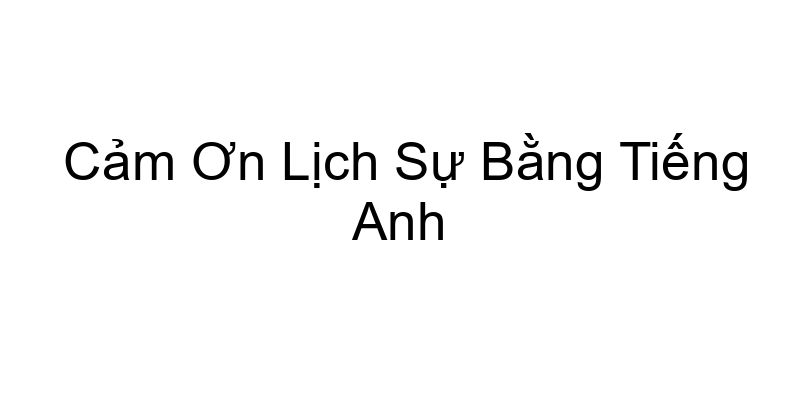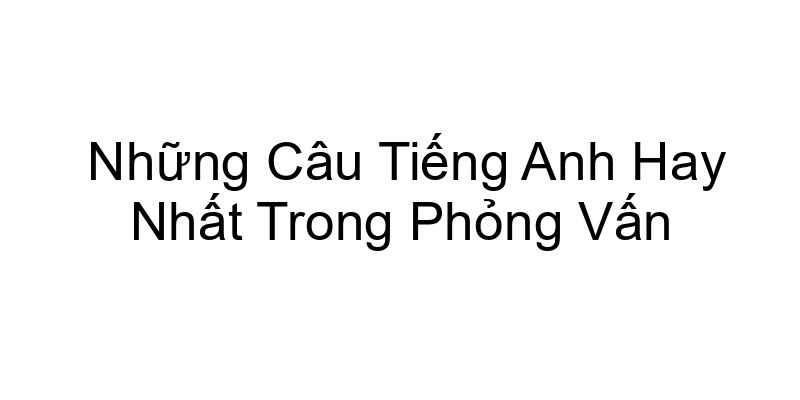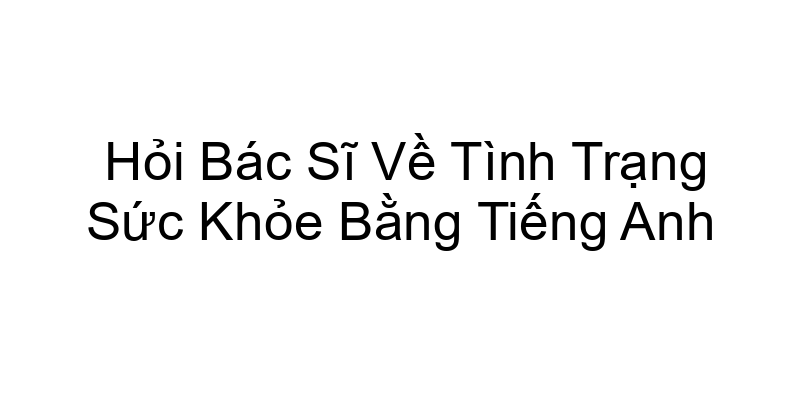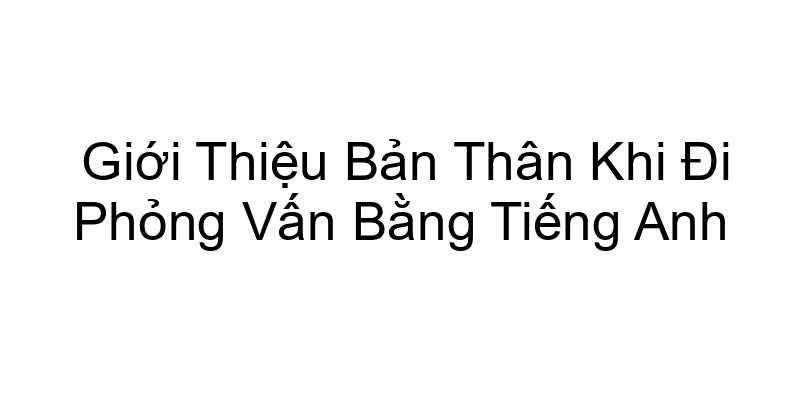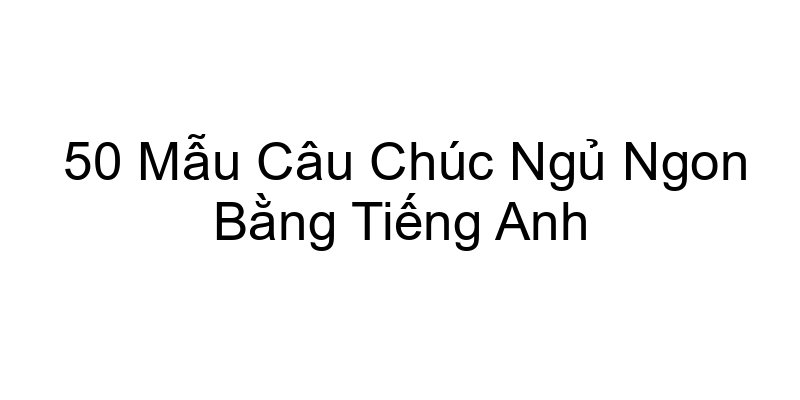Cảm Ơn Lịch Sự Bằng Tiếng Anh
In English, expressing gratitude is an essential social skill, and it can significantly enhance your relationships, whether personal or professional. This act of acknowledging kindness and support is an intrinsic part of human interaction. Appropriately saying “thank you” can create a positive atmosphere and foster goodwill. The English language offers various ways to express appreciation, and here, we will explore not only the phrases you can use but also the nuances behind them.
Phrases for Expressing Gratitude
Basic Expressions
The simplest and most common way to express gratitude in English is by saying “Thank you.” This phrase is versatile and can be used in almost any situation where you wish to convey appreciation. Whether it’s for a simple favor or a heartfelt gesture, “Thank you” fits the bill.
You can also use “Thanks” as a more casual alternative to “Thank you.” It is informal and works well in everyday situations among friends or peers. If you seek to express more than just basic gratitude, you might consider these variations:
- “Thank you so much!”
- “I really appreciate it!”
- “Thanks a lot!”
- “I can’t thank you enough!”
Formal Expressions
In formal settings, such as business or official communications, it’s essential to maintain a level of professionalism while expressing gratitude. Phrases like “I sincerely appreciate your assistance” or “I am genuinely grateful for your support” convey a more profound respect and acknowledgment of the help provided. Here are several formal expressions to consider:
- “I want to express my heartfelt thanks for your help.”
- “Your generosity is greatly appreciated.”
- “I am extremely grateful for your guidance.”
- “Thank you for your invaluable assistance.”
The Importance of Specificity
Being specific about what you are thanking someone for can make your gratitude feel more genuine and heartfelt. Instead of simply saying “Thank you,” consider adding details about what actions you appreciated. For example:
- “Thank you for helping me with my project; your insights were incredibly helpful.”
- “I really appreciate you taking the time to answer all my questions during the meeting.”
- “Thanks for picking up my groceries; I didn’t know how I would manage without you!”
Detailing the action reinforces the message of appreciation and communicates to the other person that you truly value their contribution.
Non-Verbal Gratitude
Expressing gratitude is not limited to verbal communication. Non-verbal cues, such as a warm smile, a nod, or a handshake, can enhance your message of thanks. A thoughtful gesture, such as sending a handwritten thank you card, can also leave a lasting impression. In professional contexts, follow-up emails expressing gratitude can reinforce your appreciation and keep the lines of communication open.
Cultural Considerations
When using English as a second language, it’s important to be aware of the cultural context surrounding expressions of gratitude. In some cultures, expressions of thanks may be less frequent or conveyed differently. For example, in certain cultures, humility is valued and openly giving thanks may be seen as boasting. Thus, adapting your approach based on cultural norms can help facilitate smoother interactions.
Understanding Context
The context in which you express gratitude is crucial. A casual “Thanks!” is appropriate for a friend who holds a door open for you, while a more formal “I appreciate your consideration” may be better suited for a business setting or when dealing with a superior. Situational awareness allows you to tailor your expressions to resonate with your audience effectively.
Tips for Effectively Saying Thank You
1. **Be Sincere**: The authenticity of your gratitude can often be sensed by others. Ensure that your expression comes from a genuine place.
2. **Use the Person’s Name**: Personalizing your thank you can deepen the impact. For example, “Thank you, Sarah, for your help with my report.” This creates a connection and makes the appreciation feel more direct.
3. **Be Timely**: Express your thanks as soon as possible after the favor or help is done. Promptness demonstrates that you’re conscientious about recognizing their effort.
4. **Follow Up**: If someone has gone out of their way to assist you, follow up with a note or an email, especially in professional settings. It reinforces your appreciation and helps establish a positive rapport.
Creative Ways to Show Appreciation
Giving a small gift or token of appreciation can also effectively communicate gratitude. This could be as simple as homemade baked goods, flowers, or a small gift card. Alternatively, consider experiences, like inviting them out for coffee or lunch to show gratitude.
Organizing Thank You Events
For larger gestures, consider organizing a small gathering or event to express your gratitude publicly. This could be a team lunch at work or a casual BBQ with friends. It promotes camaraderie and shows that you value the contributions of those around you.
Conclusion
Expressing gratitude in English goes beyond just uttering a few polite phrases; it’s a vital skill that can strengthen bonds with others and create a positive environment. From straightforward expressions to elaborate gestures, there are numerous ways to convey appreciation that can suit any situation or relationship. Always remember, regardless of your method, what truly matters is the sentiment behind your words.
